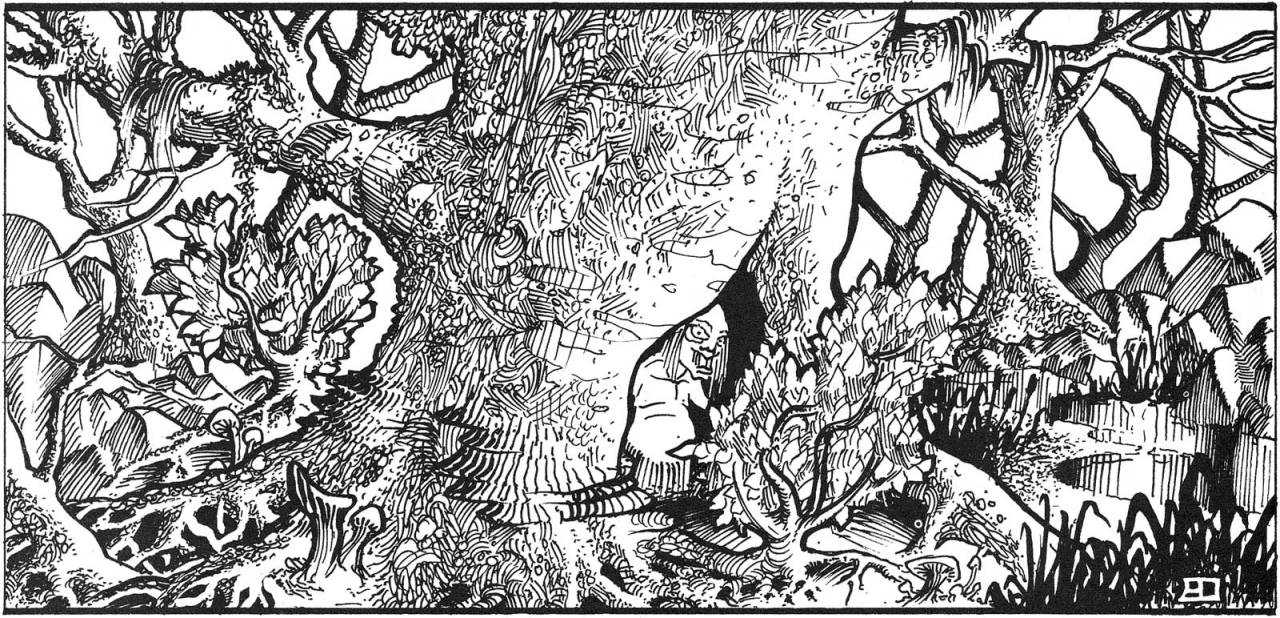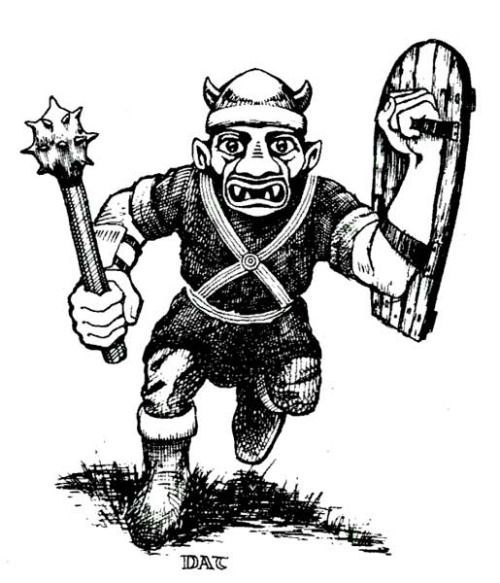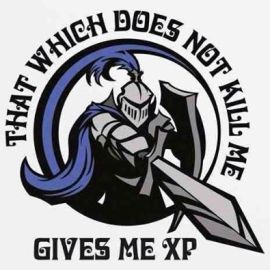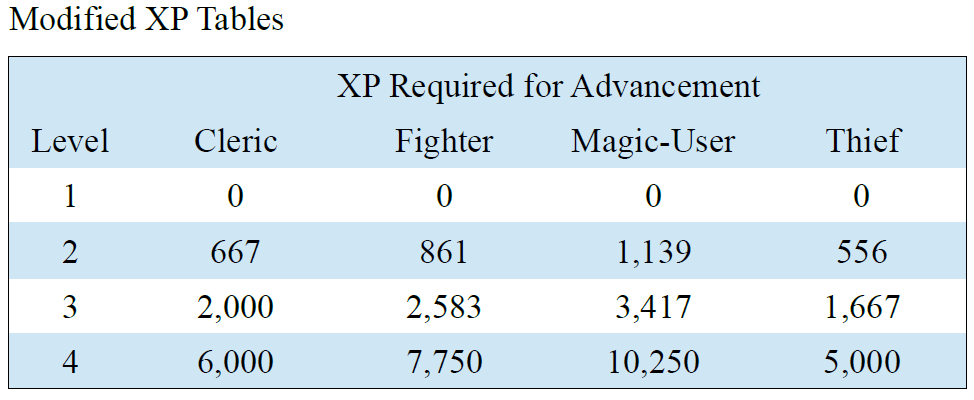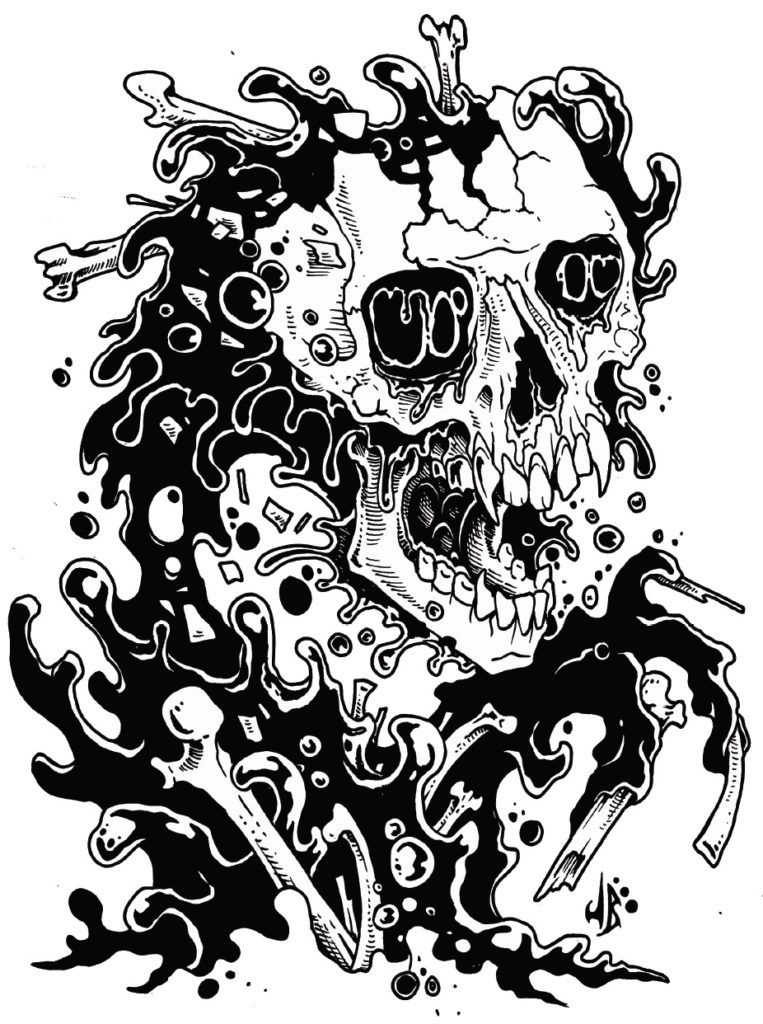With the publication of Volo’s Guide to Monsters (VG), new rules introduced 5E D&D players to monstrous character options, specifically bugbears, goblins, hobgoblins, kobolds, orcs, and yuan-ti purebloods. Other character options included in VG include aasimar, firbolgs, goliaths, kenku, lizardfolk, tabaxi, and tritons. For whatever reason, only aasimar have subraces, a lack-of-feature shared by dragonborn, half-elves, half-orcs, humans, and tieflings.
Turning away from 5E D&D to Warhammer Fantasy Battles, we find different types of goblins, three of which I’ve developed into 5E-style subraces for goblins. First, however, I need to tweak VG’s goblin traits just a bit:
Ability Score Increase. Your Dexterity score increases by 2.
The other goblin traits listed in VG remain unchanged. This trait is added:
Subrace. Three subraces of goblin exist: forest goblins, hill goblins, and night goblins. Choose one of them for your character.
Forest Goblin
Forest goblins live in wild woods, especially rain forests in any clime. They dwell in burrows excavated among the roots of ancient trees as well as in crude tree forts high above the forest floor. These goblinoids have little skill in most crafts. Their tools tend to be made from wood, leather, bone, and vine. Forest goblins seem to know nothing of metal working, although they may make use of metal tools taken from more civilized trespassers who venture into forest goblin territory unprepared for the goblins’ traps, ambuscades, and poison-tipped darts.
Ability Score Increase. Your Strength score increases by 1.
Forest Goblin Resilience. You have advantage on saving throws against poison used by beasts, fey, monstrosities, and plants, and you have resistance against poison damage from those same sources.
Tree-Borne. Whenever you make a Strength (Athletics) check for climbing or jumping, you are considered proficient in the Athletics skill, and you add double your proficiency bonus to the check, instead of your normal proficiency bonus.
Hill Goblin
Stocky and hardy, hill goblins have burly builds, their arms somewhat longer than their legs. They dwell in rocky hills and caves, often mining the latter for ore and precious stones. Hill goblins are somewhat less war-like than other goblins, but they defend their territories with alarming savagery.
Ability Score Increase. Your Constitution score increases by 1.
Cave-Borne. Whenever you make a Wisdom (Perception) check while in hills or caves, you are considered proficient in the Perception skill, and you add double your proficiency bonus to the check, instead of your normal proficiency bonus. Also, when you make a Dexterity saving throw against a trap or hazard involving stonework or rocks, you are considered proficient in Dexterity saving throws, and you add double your proficiency bonus to the check, instead of your normal proficiency bonus.
Powerful Build. You count as one size larger when determining your carrying capacity and the weight you can push, drag, or lift.
Night Goblin
Night goblins rarely venture far from their subterranean homes, and even then sally forth only during the most overcast days or at night. Secretive and vicious, night goblins pay homage to horrid deities and fiends who demand blood sacrifices, especially of sentient creatures. Owing to their preferred environs and horrid practices, night goblin adventurers are rare.
Ability Score Increase. Your Charisma score increases by 1.
Improved Darkvision. Your darkvision has a radius of 90 feet.
Light Sensitivity. While in sunlight, you have disadvantage on attack rolls and on Wisdom (Perception) checks that rely on sight when you, the target of your attack, or whatever you are trying to perceive is in direct sunlight.
Night Goblin Magic. You can imbue a single weapon attack with dark magic as a bonus action. This changes the weapon’s damage type to poison. You can use this ability once and regain the ability to use it when you finish a short or long rest. When you reach 3rd level, you can cast expeditious retreat once with this trait and regain the ability to do so when you finish a long rest. When you reach 5th level, you can cast levitate once with this trait and regain the ability to do so when you finish a long rest.
Tags: 5E D&D, character races
